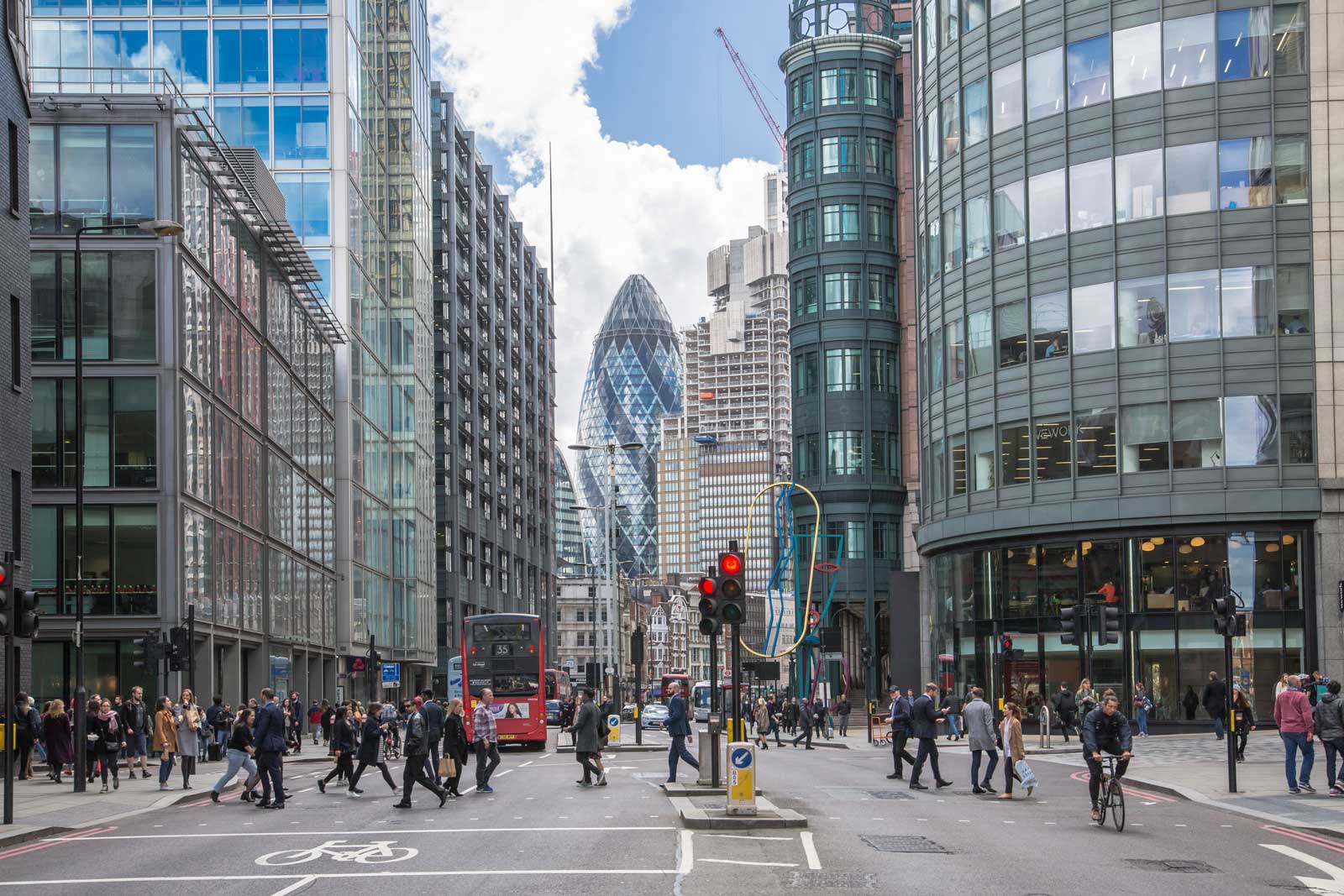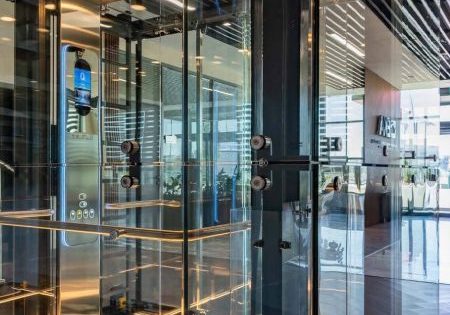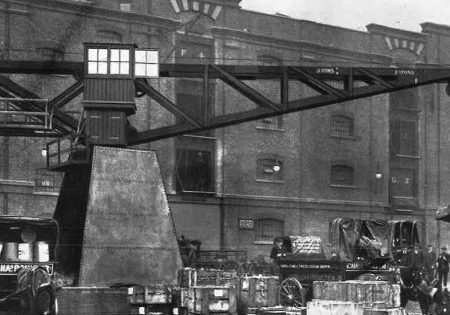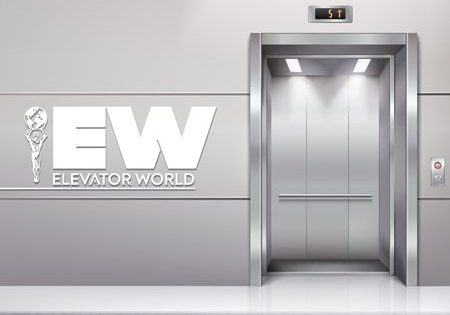Building Age-Friendly Cities
Sep 3, 2025

What if the key to a more connected, healthier and happier Europe lies not just in healthcare — but in lifts?
by Enrique Miñarro Viseras
We all hope for a long, healthy and happy life. And in Europe, longevity is increasingly becoming the reality, with average life expectancy now at 81.5, a significant leap from 73.8 20 years ago. But with Europe’s rapidly aging population, how can we ensure people stay healthy, happy and productive as they grow older? While the total population of the European Union’s 27 member countries is projected to decrease by 2050, the number and proportion of those 65 years and older will jump significantly in that time, rising to reach 129.8 million by 2050 (29% of the population).
So, there is necessary work to be done to improve healthcare but also to foster social inclusion and mobility and provide access to essential services for the shifting demographic. It’s about building infrastructure that supports people of all ages and creates a society where we can all actively participate, connect and thrive.
Policymakers, investors, urban planners and other key decision makers are increasingly focusing on ways to evolve our cities to ensure they can serve all — now and in the future.
A Global Movement Toward Age-Friendly Cities
Nearly 90 million people in Europe are older than 65. Approximately 80% live in cities or other urban or intermediate regions. Most of these places, however, weren’t originally designed or built with older adults in mind. Transport, infrastructure and services fail to meet the needs of older adults or those with mobility issues.
That’s why initiatives like the Network of Age-Friendly Cities and Communities, founded by the World Health Organization (WHO), and the Age-Friendly Environments in Europe (AFEE) project, are so important. These initiatives aim to transform urban spaces, improve public transport and make cities easier to navigate.
The Network of Age-Friendly Cities and Communities now includes more than 1,500 cities and communities across 51 countries and encourages multi-stakeholder collaboration between elected officials, public/private partners, academics and residents to develop and implement age-friendly initiatives across various domains. For example, in Dijon, France, sidewalks were made more accessible for pedestrians and tram platforms were leveled, making it easier to move around the city.
Lifts Connect Us All
Key pillars of the WHO initiative are accessible housing and transportation, and both depend on modern lift systems. WHO has emphasised the importance of elevators and escalators in multi-story homes and public buildings to ensure access for everyone. However, in Europe, implementation has its challenges. Historic buildings and ageing infrastructure from bygone eras urgently need modernisation to add elevator equipment or repair outdated systems.
In Spain, more than one million people age 60 and older live in buildings with three or more floors and no lift. In France, approximately half of all existing elevator equipment is more than 30 years old. And across Europe, approximately 50% of elevators are older than 20 years. The need to more proactively service and update the equipment powering our infrastructure, as well as modernise and revitalise existing buildings and city structures across our cities, is urgent.
Modern Innovation Boosting European Nations
Modern elevator technology is making the dream of a more connected, inclusive society possible. Today’s equipment is designed to meet high standards for safety, energy efficiency and accessibility while preserving the integrity and design of historic European buildings. Some lift systems simply need a regular plug-in electrical outlet and operate on single-phase power, making them ideal for retrofitting older buildings.
Smarter, modern operating systems and features are also available to meet the public’s accessibility needs. This includes voice-activated controls, larger spaces that better accommodate wheelchairs, lower control panels with high-contrast visuals and easy-to-read buttons featuring braille.
While age-friendly cities require more than just elevators and escalators, these fundamental systems are a vital part of the solution to keeping our communities connected.
Additionally, technology like AI enables more proactive and predictive service maintenance to help keep lifts running smoothly by identifying issues even before they happen.
While age-friendly cities require more than just elevators and escalators, these fundamental systems are a vital part of the solution to keeping our communities connected. Without them, simple tasks like running errands or visiting friends may feel out of reach. Installing and modernising elevators in residential buildings, hospitals, transit hubs and public venues makes mobility easier, strengthens economies and helps create more vibrant and inclusive communities.
At Otis, we’re committed to working with partners across Europe — and the U.K. — to modernise infrastructure and build cities that serve everyone. Age-friendly cities are not just for one generation; they’re for all of us. Such cities help people live longer, healthier and more fulfilling lives.
Reference
[1] “State of Health and Care of Older People in England 2024,” ageuk.org.uk, September 24, 2024.
Get more of Elevator World. Sign up for our free e-newsletter.









